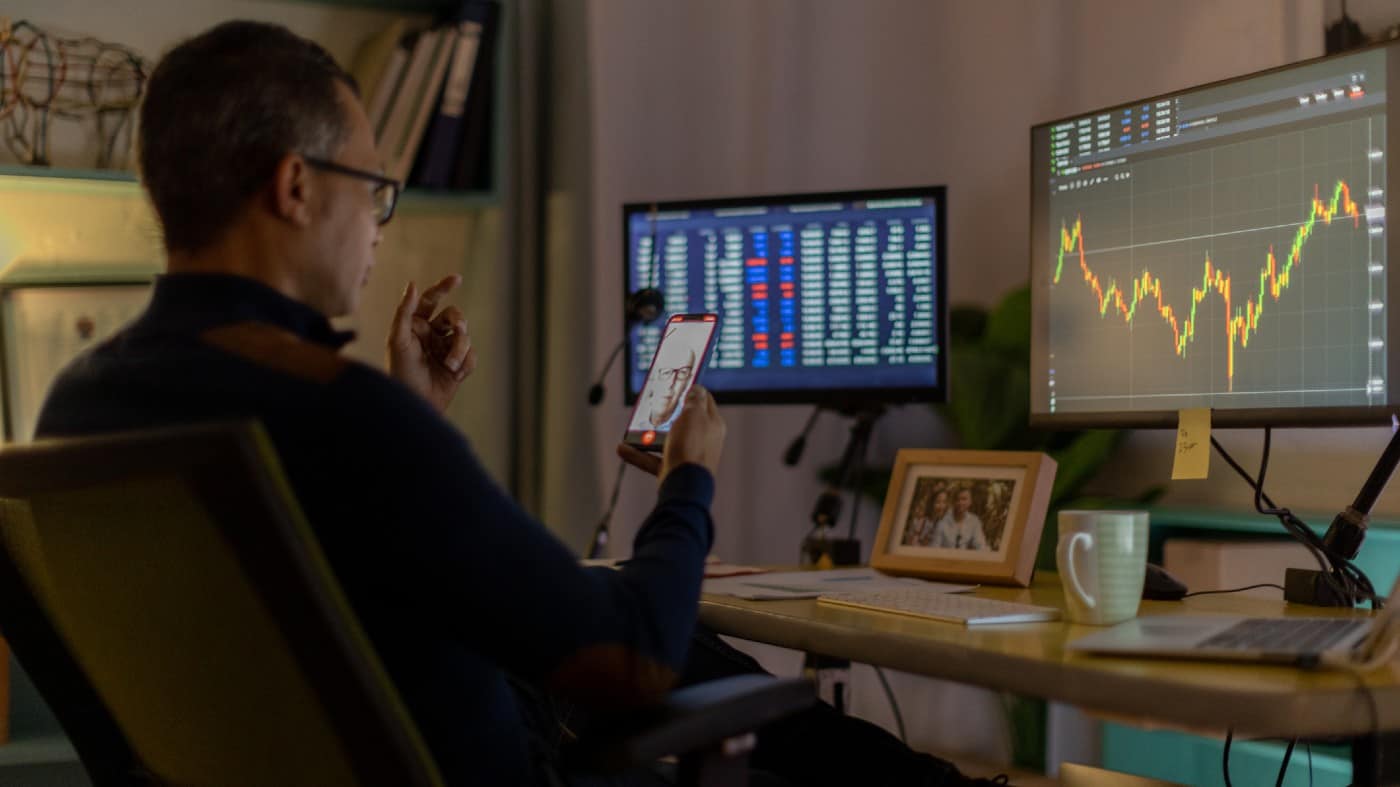I’ve been looking at Woodbois (LSE: WBI) shares for some time. My interest was piqued when the stock spiked sharply upwards at the beginning of May.
But the gain soon fell away. From a 52-week high of 9.39p, we’ve seen a steady decline to today’s 2.45p. That’s a 74% loss for those unfortunate enough to get in at the peak.
How to value shares in a company that has not yet shown sustainable profits is difficult, but there are a few things I like to look at.
Bubbles
Firstly, I’m very cautious of trying to take anything from this year’s share price performance.
It’s easy to think it’s a new company entering a possible growth phase for the first time. But the current Woodbois came about in 2019 after a restructuring and a renaming. Previously, under the name Obtala Limited, its shares had reached over 50p in 2011.
That bubble burst, but a new one reached 22p in 2017 before deflating again. In 2021, the now Woodbois shares reached a similar level to 2022’s high, and then fell. The record shows repeated booms and busts, progressively getting smaller. But that’s just an aside, really, to show the folly of relying on share price charts.
Valuation
Analyst forecasts need to be treated with caution. But at least an upbeat forecast, suggesting a low future valuation, can improve my confidence to some degree.
But my usual sources show no forecasts for Woodbois, so I only have what the company itself says to go on.
In the first half of this year, Woodbois reported its first ever operating profit, of $15,000. The trouble is, the company recorded a net cash outflow from operating activities of $78,000 — which is actual cash, not accounting profit and loss. And it was all eclipsed by millions going out in investing costs, and millions coming in from new financing.
Reports
In general, I’ve found reports from Woodbois to be hard to assess properly, usually loaded with one-off items that make the underlying business difficult for me to get any handle on.
For example, FY 2021 results showed a “gain on bargain purchase” of $88m, which the company included in its bottom-line profit figure, though it amounted to no actual cash flow. If these things fall away in future results and I can get a clearer view of operations, I’ll be a good bit happier.
But looking back to the Obtala FY 2017 results, even then there was a “gain on bargain purchase” of $37m. And again it was included in profit figures, though it represented no actual cash. These kinds of accounting items are, I expect, common in this kind of business. But they make it very hard to analyse a company.
Verdict
The bottom line for me is that I really can’t see any way of quantifying the future prospects for Woodbois. I can’t help thinking there must be good profits to be had from sustainable hardwood, and from the carbon credits industry.
But when I find a company’s accounts as difficult to assess as these, I’m not buying.







